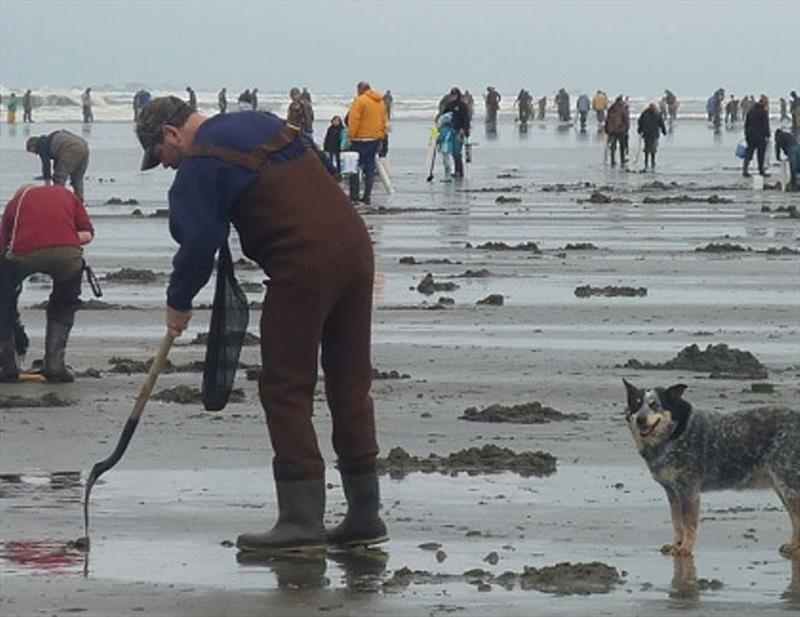
Harmful algal blooms’ impact on the U.S. economy
by NOAA Fisheries 28 Apr 2019 12:58 UTC

Clam digging crowd © nwfsc.noaa.gov
The human dimensions of harmful algal blooms (HABs) are becoming more apparent as they increase in frequency, magnitude and geographic scope.
This includes human illness and mortality associated with consuming seafood contaminated with HAB toxins as well as economic losses associated with lost fisheries landings and tourism revenue, food insecurity from loss of subsistence harvest activities, disruption of cultural practices, and loss of community identity and social interactions tied to coastal resource use.
Preparing coastal communities for emerging and growing hazardous HAB events is key to reducing their impacts. NOAA researchers are working to document and understand the social, cultural and economic impacts experienced by coastal communities to identify ways to build resilience to future HAB events so that communities can maintain their quality of life, valued customs, and economic industries.
View this story map to learn more about how HABs impact our economy.
Personal accounts of a massive toxic bloom
In 2015, a massive toxic bloom of Pseudo-nitzschia struck the West Coast. The bloom produced record-breaking levels of the toxin domoic acid, shutting down the lucrative Dungeness crab and popular razor clam fisheries for many weeks. This generated an economic shock for coastal communities.